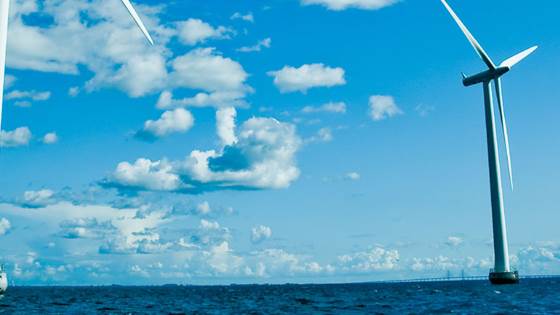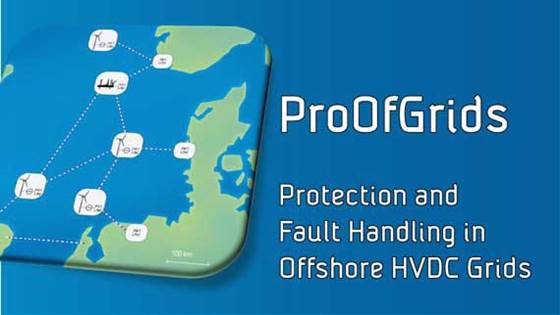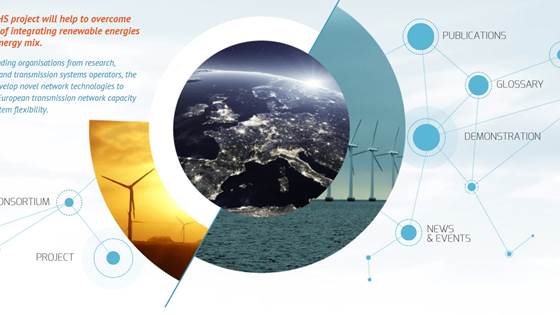The main incentivess for developing these types of control devices are:
- To provide virtual inertia from the power electronic converter interfaces of distributed generation and energy storage systems. In Europe, this is important in the light of the decommissioning of large-scale thermal generation facilities and the growth in power electronics-based distributed generation. Inertia emulation from such systems can be achieved in many different ways, but VSM-based approaches have the potential to permit seamless operation under a wide range of system conditions. These include situations where the power system is dominated by power electronic converters and does not have generators with physical inertia online.
- To develop a flexible operating control strategy for both grid-connected and stand-alone conditions. In this context, VSM-based control may permit a transition between grid-connected and stand-alone modes of single or groups of converters without requiring reconfiguration of the control system. Relevant applications may include a wide range of power systems including; residential MicroGrids, remote stand-alone power systems for rural electrification, industrial power systems such as AC-distribution onboard ships, power supplies to offshore oil platforms or HVDC-connected offshore wind farms.
The concept of VSM-based control is applicable for energy storage as well as for generation systems and loads with power electronic interfaces and a given degree of local energy buffer. For example, in the emerging SmartGrid scenarios, VSM-based control is relevant for application in electric vehicle battery chargers..
Our expertise and services
SINTEF has experience in the design and analysis of VSM-based control strategies for various applications. Previous activities include the development, simulation and analysis of VSM-based control systems for a wide range of applications from EV chargers to HVDC converters for the integration of electricity derived from offshore windfarms. We have tested control algorithms using experimental validation. Our analysis and simulation work has also included studies of small-signal modelling and the stability of VSMs integrated into relevant power system configurations.
Projects / research areas
- The development, analysis, comparison and improvement of VSM-based control strategies
- The practical implementation and testing of VSM-based converter control systems
- The analysis and assessment of potential VSM applications
- Small-signal modelling and stability analysis of VSMs and power systems containing VSMs
Status
- VSM-based control strategies have been applied in several research projects
- An ongoing three-year SINTEF-funded research project dedicated to the development and analysis of VSM-based control strategies for power electronic converters
- Multiple applications and implementation challenges have been analysed in cooperation with researchers and students at NTNU.
This is a part of our expertise on Power Electronics



